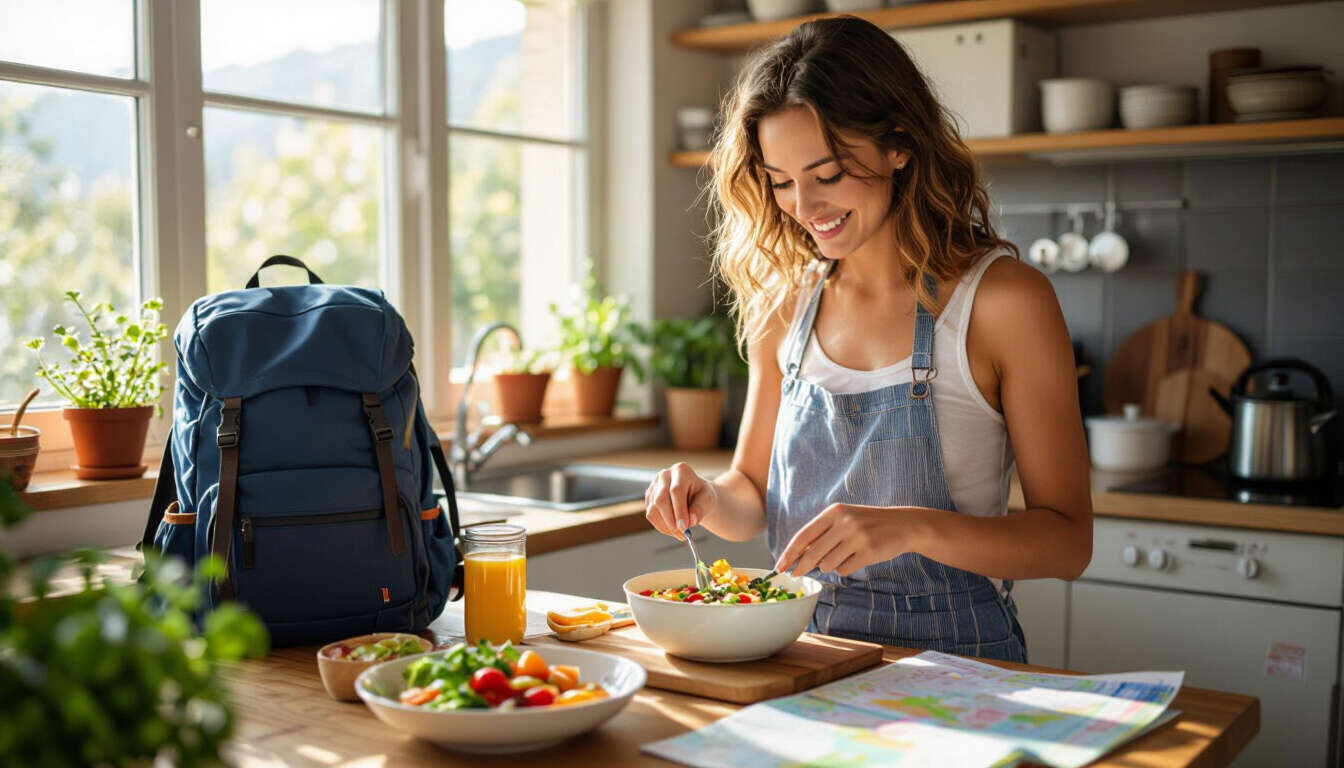Smart Budget Meal Planning for Digital Nomads
 by Shanie Goodwin
by Shanie Goodwin
Learn practical strategies for creating affordable meals while traveling as a digital nomad. This guide covers essential tips on saving money, sourcing local ingredients, and enjoying tasty options without overspending, making your adventures more enjoyable and sustainable.

For digital nomads, managing expenses is key to extending trips and exploring freely. One area where costs can add up quickly is food. Budget meal planning helps keep things in check while allowing you to savor new cultures.
Start by assessing your needs. Think about how long you'll be in one place and what resources are available. Many hostels offer shared kitchens, which are perfect for preparing your own meals. This approach not only saves money but also lets you experiment with local flavors.
When packing for your trip, include a few essentials. A reusable water bottle and a compact set of utensils can make a big difference. Focus on versatile items like rice, pasta, or beans that are easy to find worldwide and don't require much preparation.
Shopping smart is another crucial step. Visit local markets instead of supermarkets for fresher, cheaper produce. In many destinations, street vendors offer affordable fruits and vegetables that can form the base of your meals. For instance, in Southeast Asia, you might find tropical fruits at a fraction of the cost back home.
Tips for Daily Meal Ideas
Creating a simple meal plan can streamline your routine. Aim for a balance of proteins, carbs, and veggies to stay energized. Here are some ideas:
- Breakfast: Oatmeal with local fruits and nuts – quick and nutritious.
- Lunch: Salads made from fresh greens and canned fish, which are often inexpensive.
- Dinner: Stir-fries using whatever vegetables and proteins are on hand.
Incorporate variety to keep things exciting. Trying regional dishes on a budget can enhance your travel experience. For example, in Europe, opt for picnics with bread and cheese from local bakeries.
Don't forget hydration and snacks. Carry nuts or dried fruits to avoid impulse buys. Water from reliable sources is essential, and using a filter bottle can cut costs.
Over time, you'll notice how digital nomads adapt their habits. Tracking your spending on food apps helps refine your strategy. The goal is to enjoy your journey without financial strain, turning every meal into a small adventure.
In summary, with thoughtful preparation and a bit of creativity, you can maintain a healthy diet on a tight budget. This not only frees up funds for other experiences but also deepens your connection to the places you visit.
